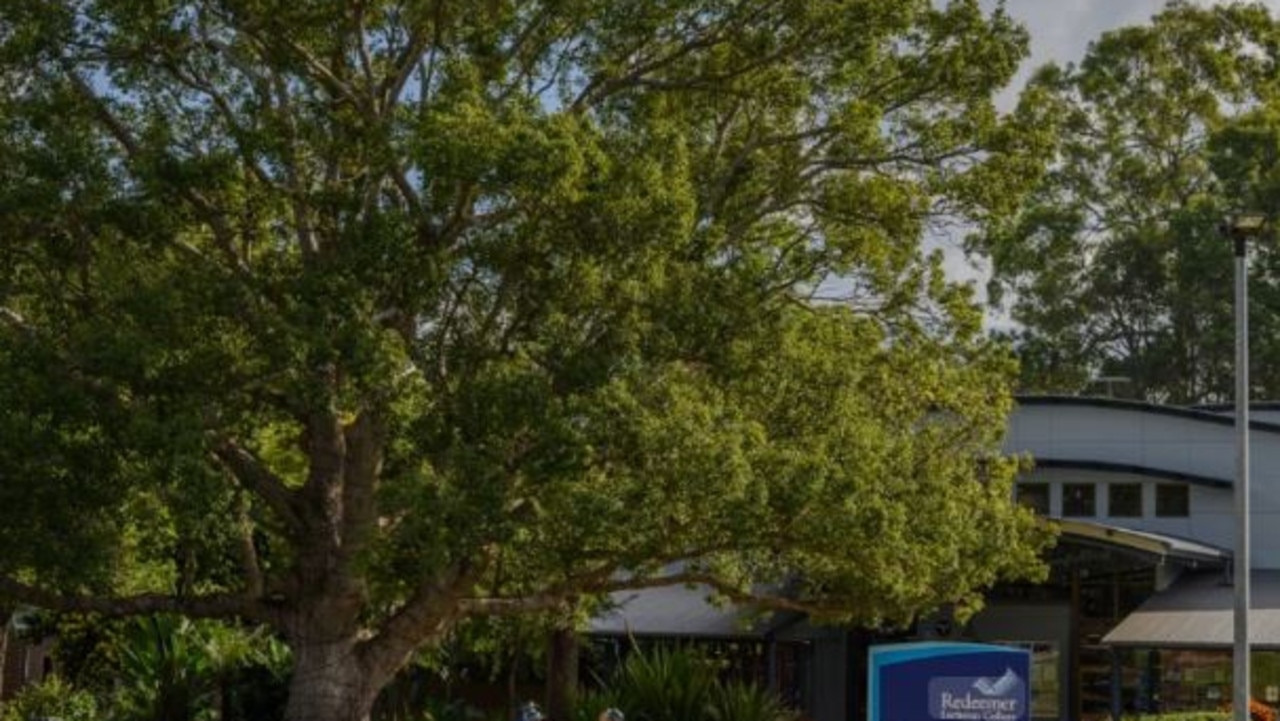Cyclone develops in Queensland’s Far North as southeast braces for storms, rain
The Bureau of Meteorology is warning that parts of southeast Queensland could be hit by severe thunderstorms today.
QLD News
Don't miss out on the headlines from QLD News. Followed categories will be added to My News.
Southeast Queensland is being warned to brace for potential severe thunderstorms today with the Bureau of Meteorology issuing a warning.
BOM warns that thunderstorms are possible for large parts of the southeast - from Gayndah south to Stanthorpe - with the more severe storms along the Queensland border with NSW.
Severe storms with heavy rainfall are also possible in the state’s far noth.
⛈ï¸Thunderstorm forecast for today ⛈ï¸
— Bureau of Meteorology, Queensland (@BOM_Qld) January 31, 2021
Storms possible today for inland #SEQ, plus areas in the north & west. Severe storms with heavy rainfall are possible on the Peninsula due to monsoon influence, with a slight chance for the Granite Belt & Border Ranges. https://t.co/EwZYvccjha pic.twitter.com/AMtvG7zK3y
is preparing for a week of drenching rain and severe storms while a tropical low is set to develop into a cyclone today in the state’s far north.
More than 30mm is expected to fall in Brisbane over the next four days, with the heaviest falls to come Tuesday and Wednesday.
Thunderstorms are expected inland across those two days.
More intense rainfall is forecast for the Gold Coast and Sunshine Coast, with more than 40mm predicted for those regions.
Hot and humid conditions are expected across the week with maximums to exceed 32C for most days and minimums to hover around 21C.
A tropical low located to the east fo Cape York Peninsula is moving eastward, away from the Queensland coast. https://t.co/rVLE6i5J4y pic.twitter.com/TRTxBgms7b
— Bureau of Meteorology, Queensland (@BOM_Qld) January 30, 2021
A tropical low embedded in a monsoon trough over Queensland’s Far North is expected to develop into a tropical cyclone just off The Gulf of Carpentaria today.
It should continue to move offshore over the next few days.
The Bureau of Meteorology earlier this week said La Nina had passed its peak but still remained active.
That means higher rainfall totals from February to April, particularly in northeast Queensland.
Senior climatologist Felicity Gamble said there was also an increased risk of widespread flooding in eastern and Northern Australia.
“Summer rainfall to date has been mostly above average with three cyclones in the Australian region and several tropical lows bringing widespread rainfall to much of the country,” she said.
“The rainfall signal starts to weaken in April, consistent with the expected decay of La Nina.”
Along with wetter months, the weather bureau has also forecast hotter nights for almost all of Australia and warmer than average daytime temperatures.”
PREDICTED RAINFALL
BRISBANE
Sunday: 2-10mm
Monday: 0-2mm
Tuesday: 2-8mm
Wednesday: 5-10mm
Thursday: 0-3mm
Friday: 0-2mm
GOLD COAST
Sunday: 2-8mm
Monday: 0-4mm
Tuesday: 3-8mm
Wednesday: 6-15mm
Thursday: 1-5mm
Friday: 0-3mm
SUNSHINE COAST
Sunday: 2-8mm
Monday: 1-4mm
Tuesday: 2-5mm
Wednesday: 4-10mm
Thursday: 0-4mm
Friday: 0-2mm


